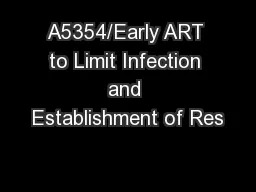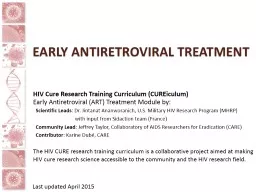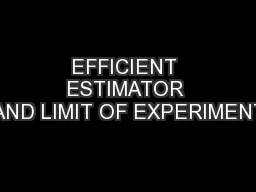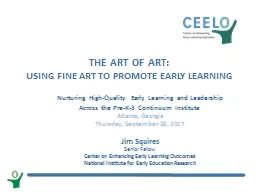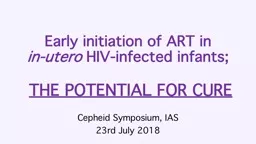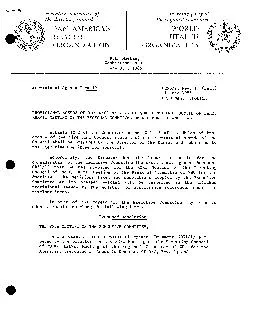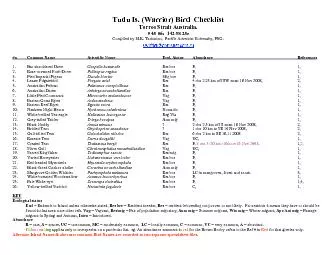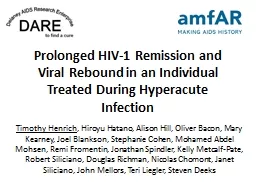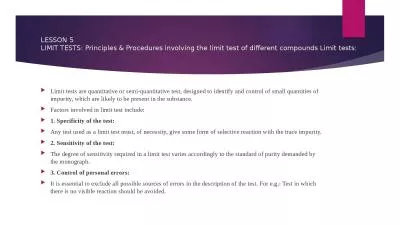PPT-A5354/Early ART to Limit Infection and Establishment of Res
Author : alida-meadow | Published Date : 2017-10-04
UZUCSF ANNUAL RESEARCH DAY 05 MAY 2017 W Samaneka MBChB MSc For ACTG Team Background Current evidence suggests that ART instituted early during acute HIV infection
Presentation Embed Code
Download Presentation
Download Presentation The PPT/PDF document "A5354/Early ART to Limit Infection and E..." is the property of its rightful owner. Permission is granted to download and print the materials on this website for personal, non-commercial use only, and to display it on your personal computer provided you do not modify the materials and that you retain all copyright notices contained in the materials. By downloading content from our website, you accept the terms of this agreement.
A5354/Early ART to Limit Infection and Establishment of Res: Transcript
Download Rules Of Document
"A5354/Early ART to Limit Infection and Establishment of Res"The content belongs to its owner. You may download and print it for personal use, without modification, and keep all copyright notices. By downloading, you agree to these terms.
Related Documents

